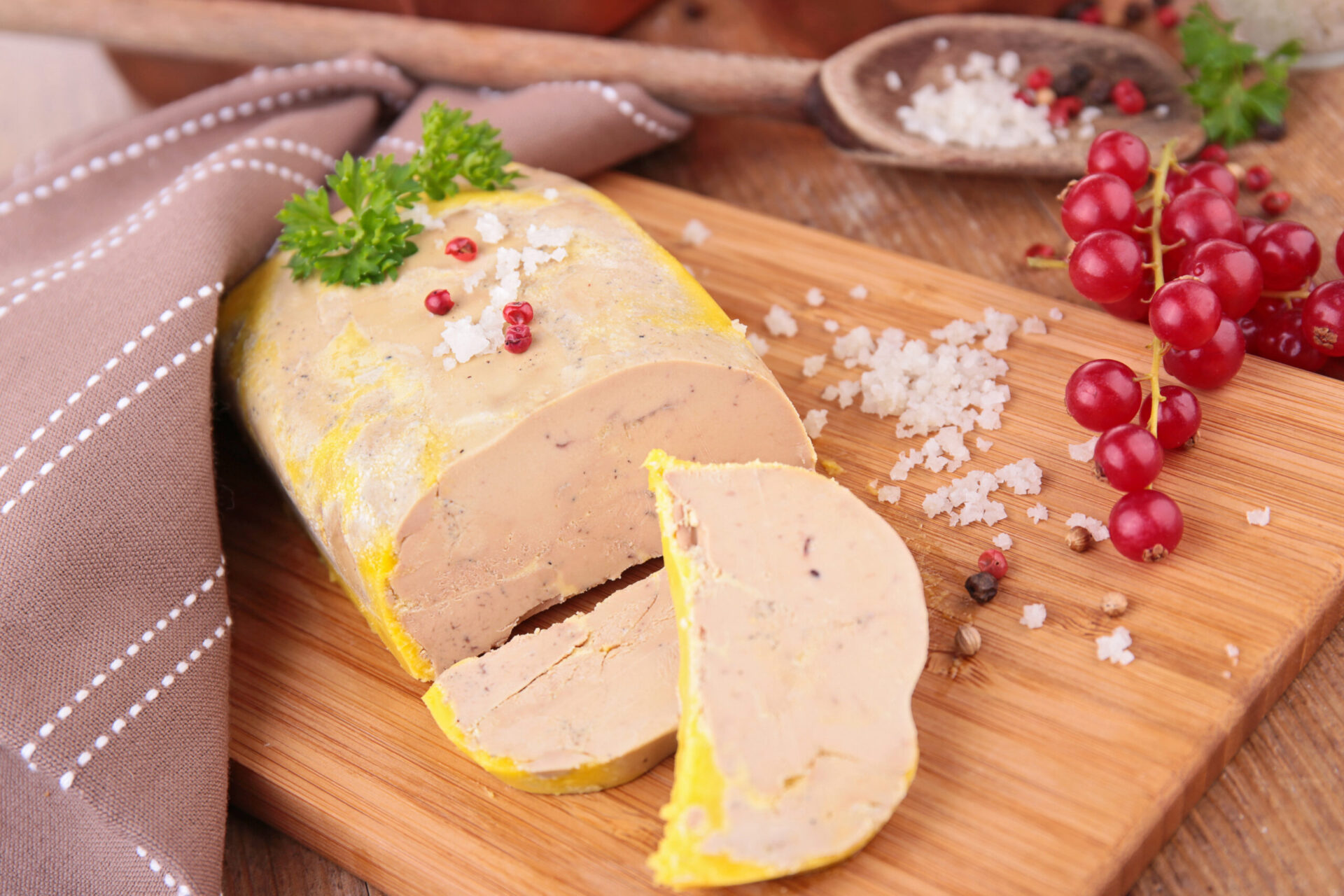Banned Bites: Surprising Global Food Bans
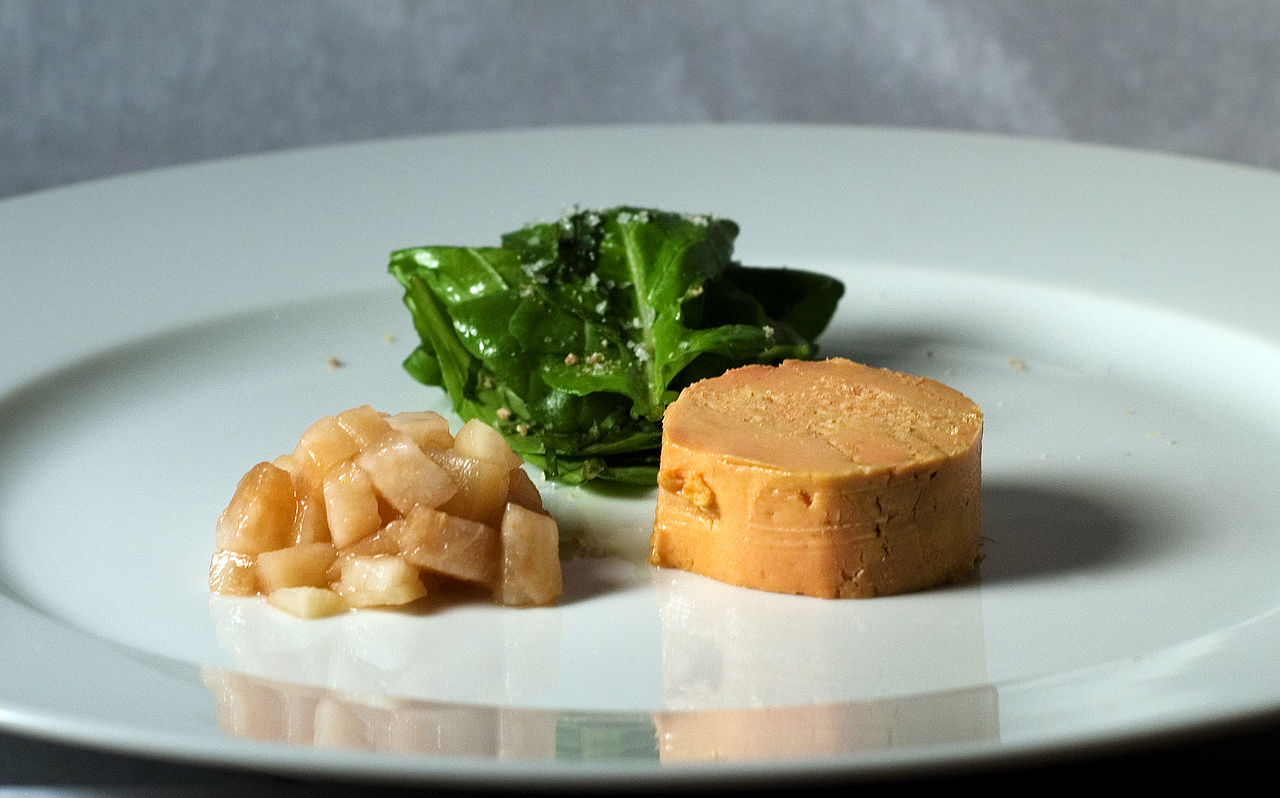

It might come as a surprise, but some truly unique and, to many, delicious dishes are actually illegal to consume or possess in various parts of the world. These prohibitions can stem from health risks, ethical concerns, conservation efforts, or cultural regulations.
Now, what’s a delicacy in one country could land you in legal trouble in another?
Kinder Surprise

The Kinder Surprise chocolate egg has been banned in the United States since the 1930s. The toy inside is considered a choking hazard, violating U.S. laws against embedding non-nutritive items in food. Customs routinely seizes them, despite their popularity abroad. The ban remains in place to ensure children’s safety during consumption.
Haggis
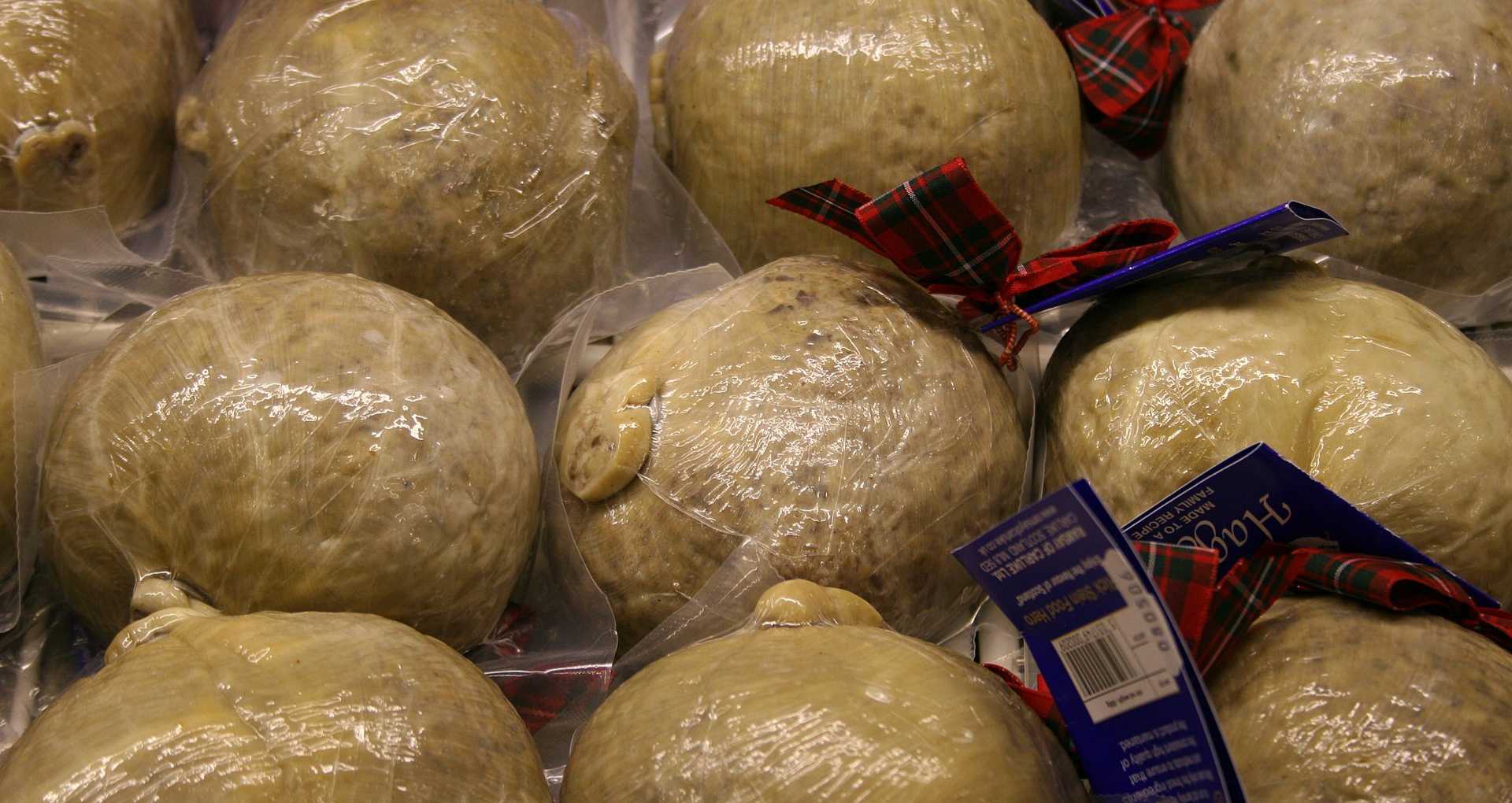
Scotland’s national dish, haggis, has been illegal to import into the United States since 1971. The ban centers on its key ingredient—sheep lung—which the U.S. Department of Agriculture considers unsafe for human consumption. Despite calls from Scottish officials to lift the restriction, the dish remains off-limits on American menus for now.
Fugu

Fugu, or pufferfish, is outlawed in Thailand due to the lethal toxin it carries. Improper preparation can result in death within hours. While Japan permits licensed chefs to serve it, Thailand opted for a full ban. The move prioritizes public health over culinary thrill-seeking, effectively keeping the high-risk delicacy out of Thai kitchens.
Raw Milk

Canada has banned the sale of raw, unpasteurized milk since the 1990s. The prohibition stems from public health concerns about bacteria like E. coli and Listeria. While some advocate for its nutritional benefits, Health Canada maintains that pasteurization is essential to prevent outbreaks. Violators face fines or legal action under strict food safety laws.
Foie Gras
India banned foie gras in 2014 following rising global concerns about animal cruelty. The delicacy, made by force-feeding ducks or geese to enlarge their livers, was deemed inhumane. As part of India’s broader stance on animal welfare, imports were blocked, and restaurants removed the controversial dish from their menus nationwide.
Samosas
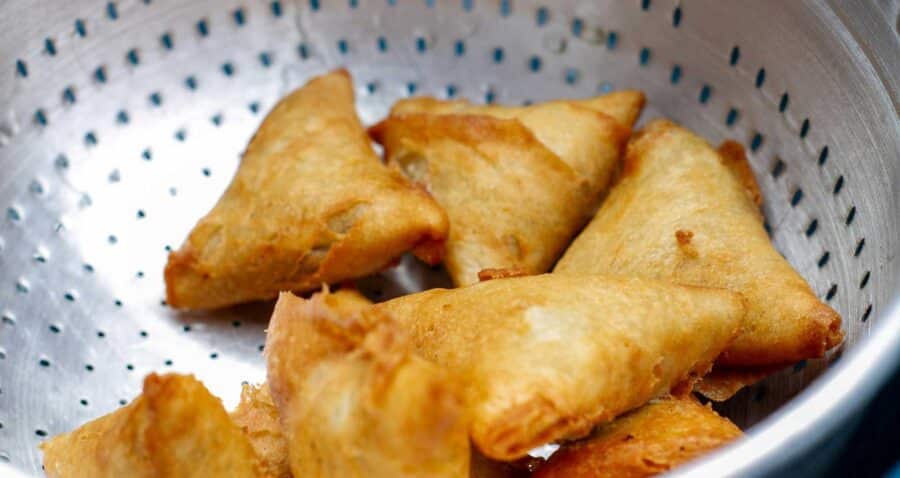
In 2011, the Somali militant group Al-Shabaab banned samosas in areas under their control. The reasoning? The snack’s triangular shape was said to resemble the Christian Holy Trinity. The ban, though bizarre, was enforced in regions where the extremist group maintained power. The samosa’s symbolic shape became a target of strict ideological policing.
Chewing Gum

Since 1992, Singapore has banned the sale and import of chewing gum, citing cleanliness and public order. Officials blamed gum for vandalizing public spaces and jamming subway doors. The law was part of a broader “clean and green” campaign. Therapeutic gum is now allowed with a prescription, but recreational use remains restricted.
Absinthe
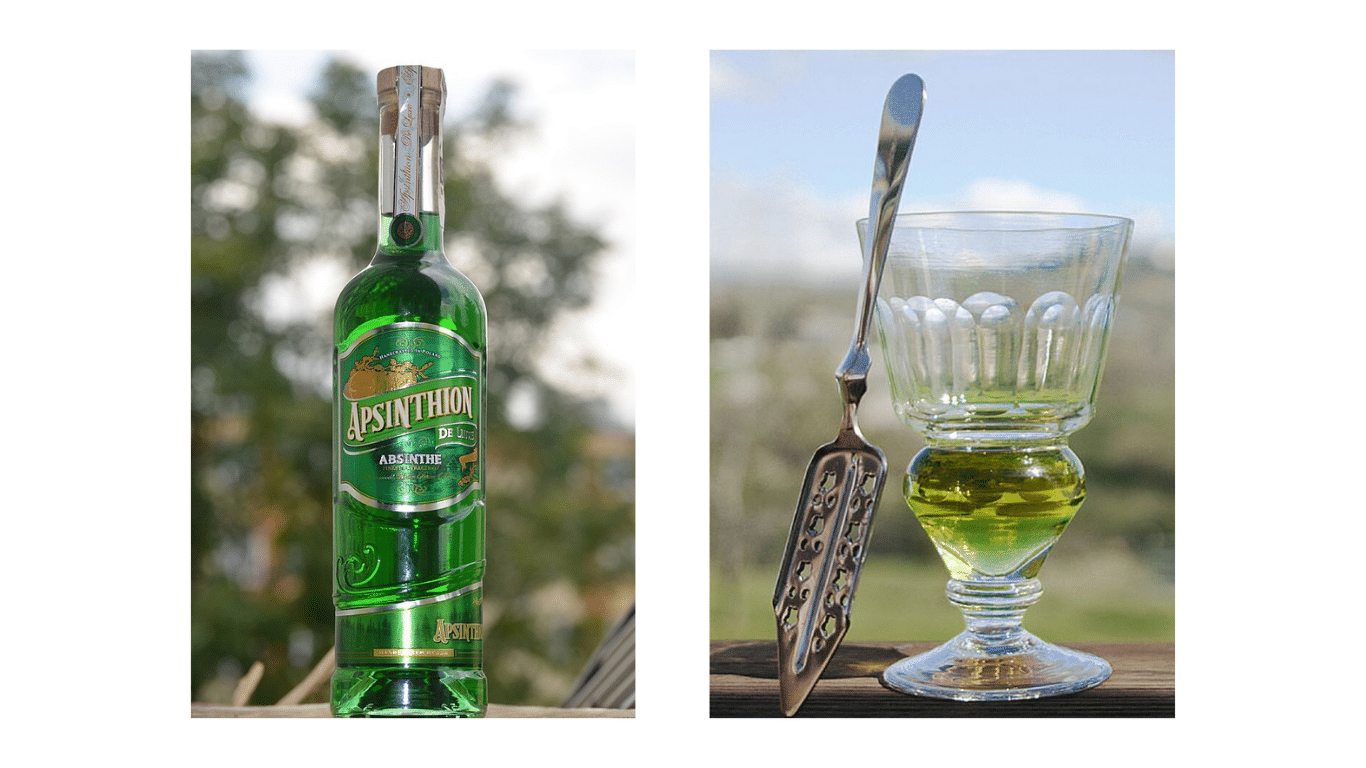
Once blamed for hallucinations and madness, absinthe was banned in France in 1915. The green spirit’s high alcohol content and the compound thujone sparked health fears. Though modern science debunked much of the hysteria, it remained banned for decades. Legal again today, absinthe is tightly regulated under revised guidelines to ensure safety.
Casu Marzu
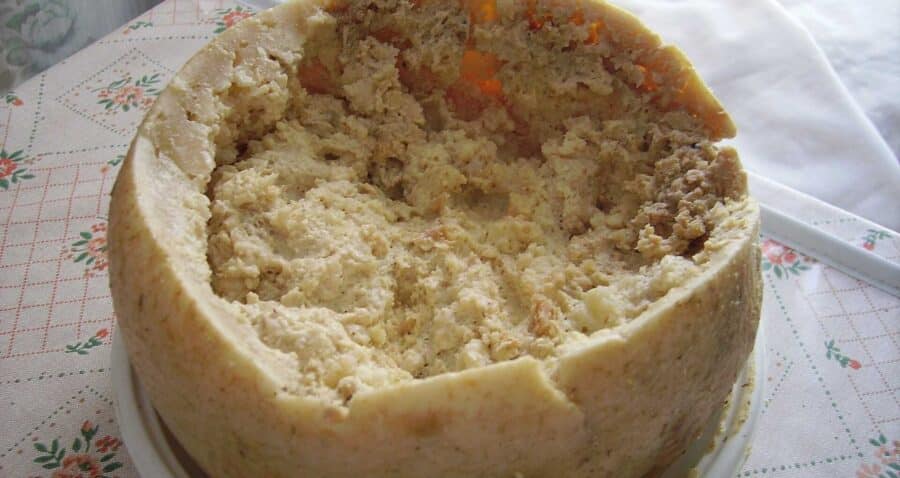
Casu Marzu, a Sardinian cheese filled with live maggots, is banned in many European Union countries. Despite being a regional delicacy, it violates health codes due to the risk of bacterial infection. Enthusiasts say the maggots create a unique texture and flavor, but authorities deem the traditional process unsafe for mass consumption.
Horse Meat
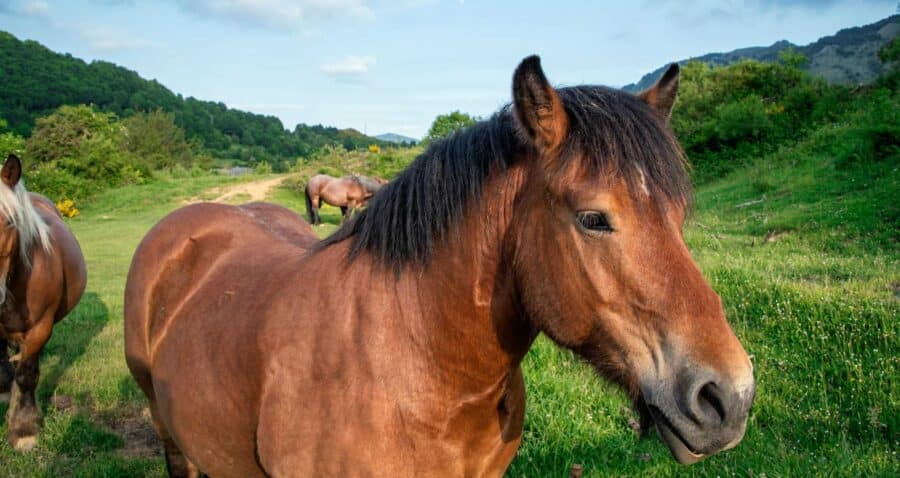
Though not federally illegal, horse meat is banned in several U.S. states due to cultural opposition and ethical concerns. Slaughtering horses for food has long sparked debate in America, where horses are viewed as companion animals. While other countries include horse meat in traditional dishes, American law restricts its sale and processing regionally.
Understanding These Prohibitions

These not only highlight regulatory differences but also underscore the fascinating, often surprising, intersection of culture, science, and law in our global culinary landscape.
